Climbing Roses For Shady Areas In Your Garden
Photo:
Climbing roses come in a variety of colours and can contribute to a stunning appearance. They are popular, and while they are often used on walls, they may also be seen in the garden on pillars, fences, gates, patios, and other buildings. There are many varieties of climbing roses that do well in the shade.
Roses have earned the title of “Queen of the Flowers” because they can produce spectacular displays of eye catching colour.
Here are some more ideas for roses for your landscape.
Climbing Roses that Do Well in the Shade
The Generous Gardener
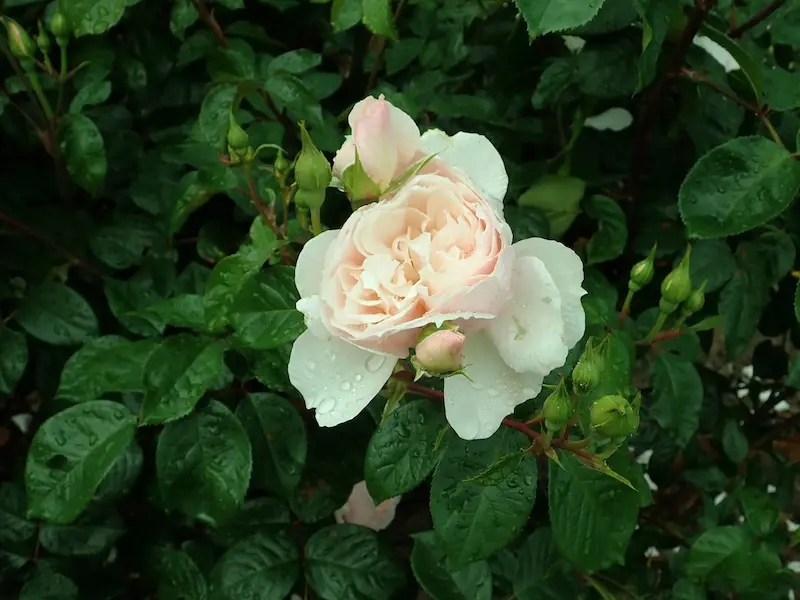
The Generous Gardener is a popular climbing rose with stunning pink petals that open to expose an abundance of stamens. This rose isn’t only beautiful; it’s also incredibly useful due to its disease resistance and ability to thrive in shadow.
Accent or Design Idea
- Neon signs can bring out the beauty of the climbing roses and make your garden look even better, or
- You can get a neon sign in the shape of a rose. You can also make your design and give the design drawing to BPS.com so that they can restore your design.
Mortimer Sackler
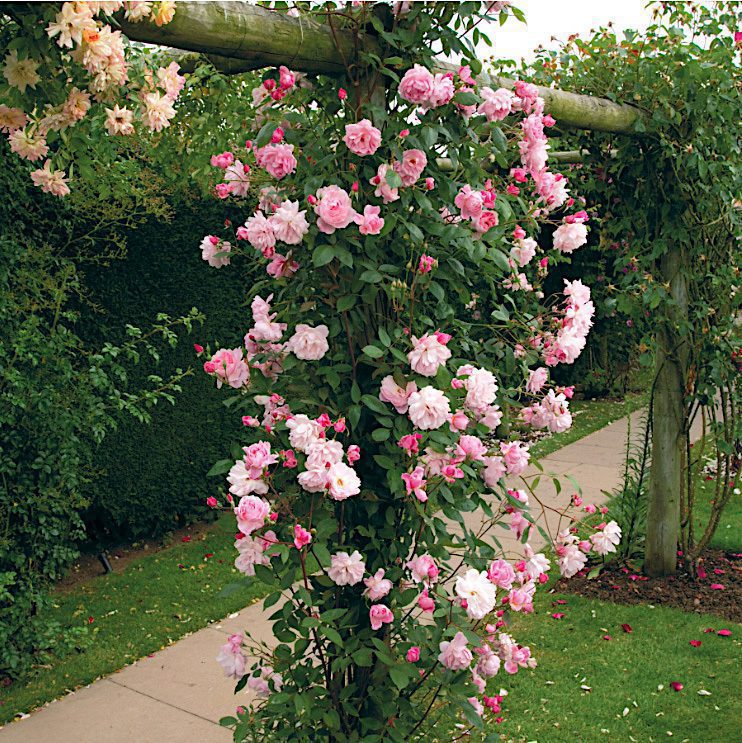
This is another excellent climbing rose for use in shady settings. It resembles the Generous Gardener in appearance because to its pink petals, but it has a distinct appearance of its own and looks excellent when used alone or in combination with other roses.
New Dawn
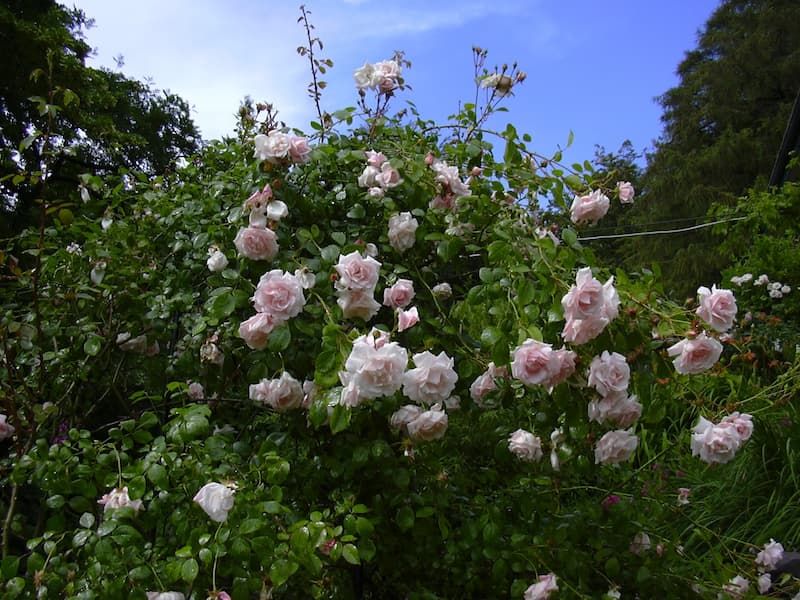
The New Dawn rose is a favourite among gardeners. It has a lovely appearance with pearl pink petals and a really nice aroma. It is also disease resistant and grows well in shade and poor soils.
Emily Gray

Emily Gray is another rose that thrives in shady regions. It’s a stunning rose with golden petals and yellow stamens, one of the most gorgeous climbing roses. It’s incredibly vigorous, especially when compared to other yellow ramblers, and it does well in the shade. Emily Gray blooms in the summer.
Rambling Rector
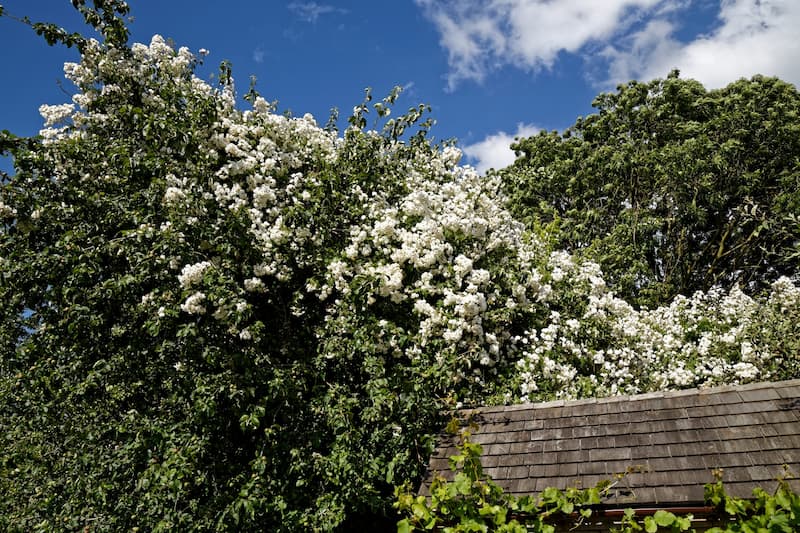
Because it may reach heights of 30 feet or more, this fast-growing rose is ideal for big gardens. Its white petals and yellow center give it a unique appearance. It blossoms in the summer and is a superb climbing rose for shady regions.
Teasing Georgia
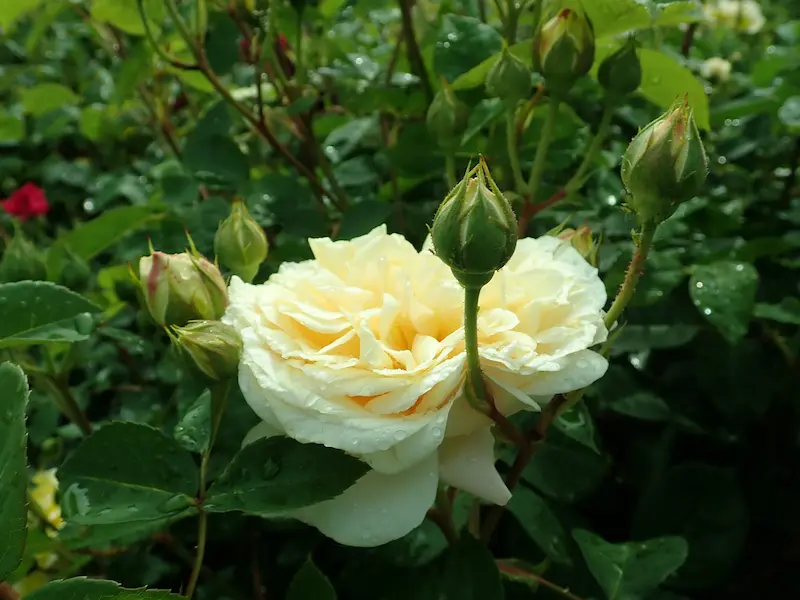
Teasing Georgia is a stunning yellow rose. Its petals are tightly packed in the middle, with lighter petals towards the margins. It has a great perfume. It is ideal for a north wall due to its tolerance to shade and general hardiness.
Zephirine Drouhin
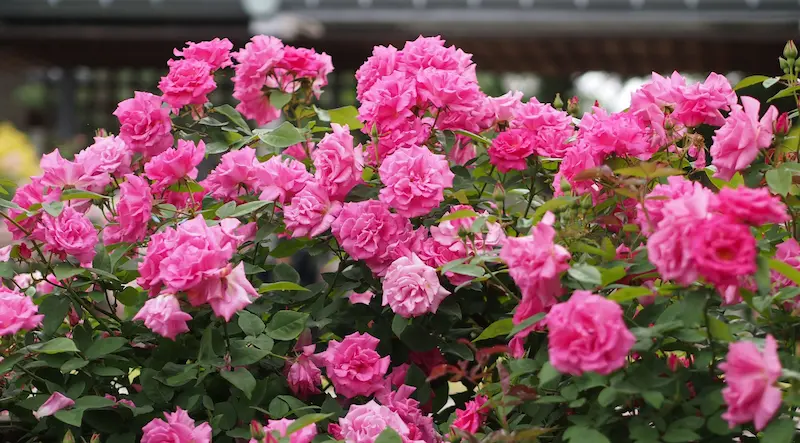
The deep pink hue of the Zephirine Drouhin rose makes it a great choice for bringing brilliant color to your landscape. It is one of the most consistent climbing roses, flowering from July through September. It is also the only one without thorns.
Canadian Explorer Rose
This is a fifteen year old Canadian Explorer rose bush that is full sun. It was shaped by regular trimming.
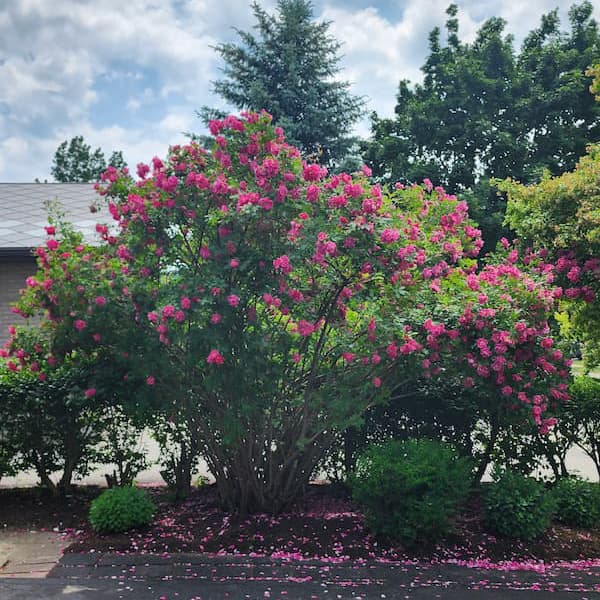
Care tips for climbing roses
Soil
You should always plant roses in well-fertilized, well-drained soil.
Sun or Shade
The above-mentioned roses will do well in the shade. They should all be exposed to plenty of daylight, you won’t have to worry about them receiving too much sunshine.
Watering
Water the roses on a regular basis, especially during the first season after planting and during dry spells in the summer. However, be careful not to overwater them, as waterlogged soil may quickly lead to fungal diseases. Mulch to retain moisture and in late fall as well, to provide insulation over the winter.
When to plant climbing roses
Plant climbing roses after thawing in late winter or early spring to give the roots time to develop before the summer.
How to plant them
Dig a hole large enough to accommodate all of the roots. Loosen the dirt at the bottom of the hole so that roots can grow into it more easily. Then gently set the plant in it, lightly pack the earth around it, and thoroughly water it.
Pruning
In the first couple of years, when the roses are establishing themselves, prune modestly in late winter or early spring. Pruning the lateral canes encourages growth, but never trim the canes at the base. To encourage growth, pinch, cut, or prune dead leaves.
Fertilizing
In the early spring, apply organic fertilizer to roses.
Diseases
Although climbing roses are disease resistant, especially when compared to many other plants, they can still acquire issues such as powdery mildew and black spots. Remove any dead leaves from around where your roses are planted to keep them disease-free. You should also make certain that the soil in which you grow roses is not excessively soaked.
Aphids are attracted to climbing roses. They are frequently removed by simply spraying the roses with a vigorous stream of water. Here is more on removing aphids. In more extreme situations, pesticides can be used. Pest and disease problems are always best dealt with early, before they become more serious. Therefore, you should inspect your plants for any indications of illness on a frequent basis.








Leave a Reply
You must be logged in to post a comment.